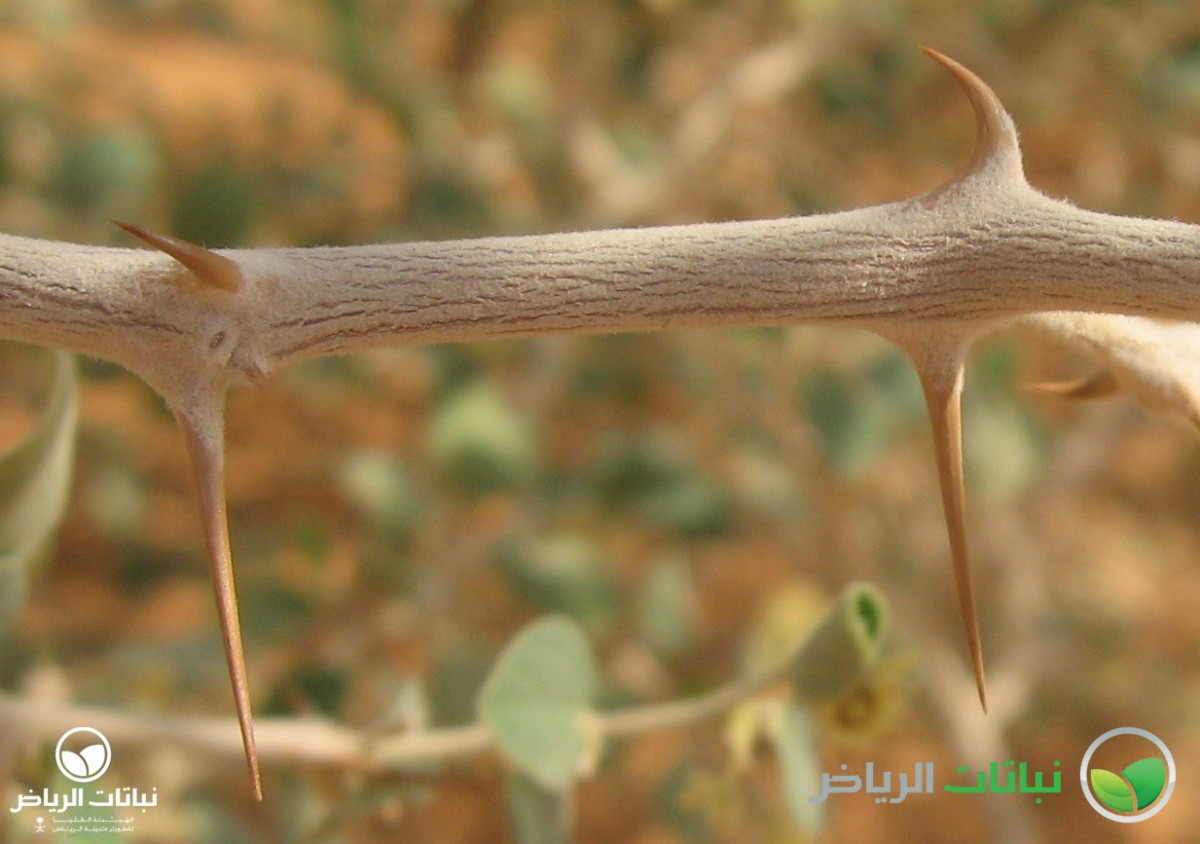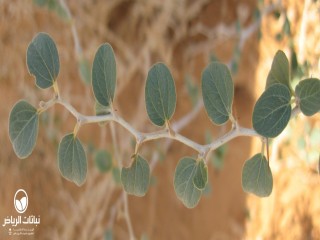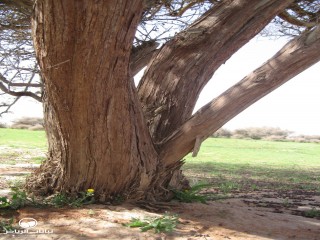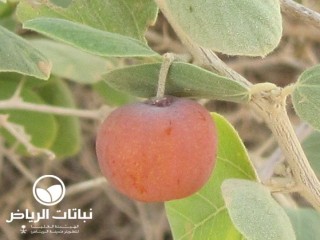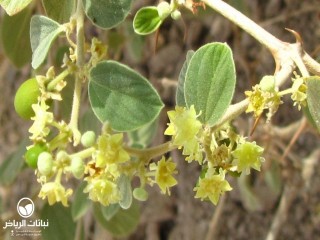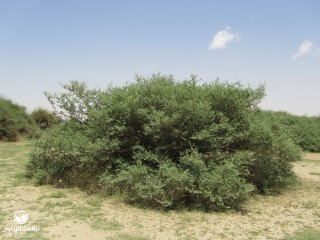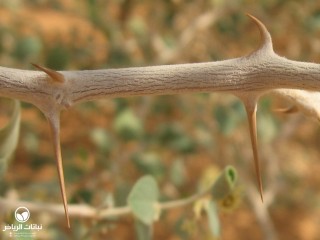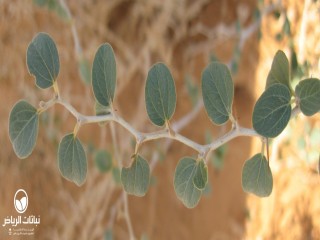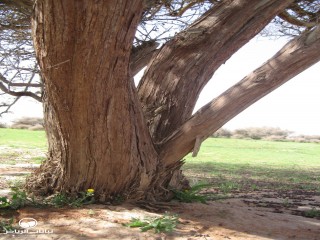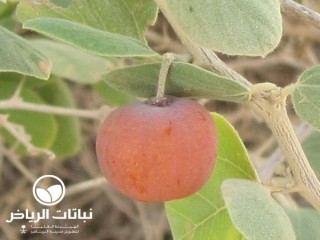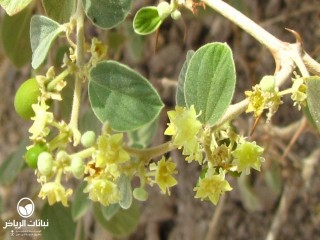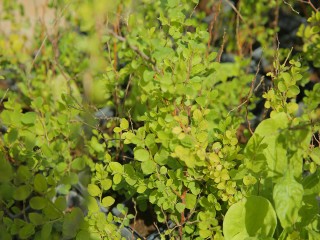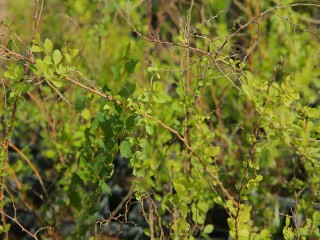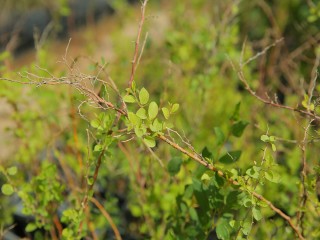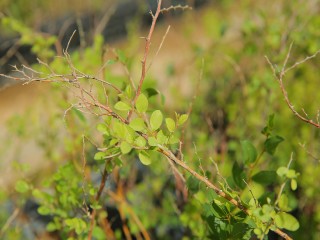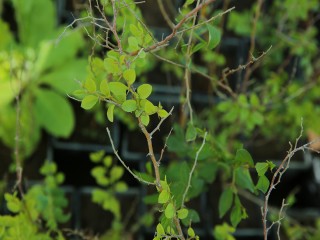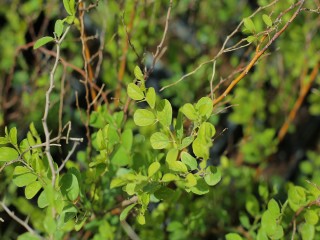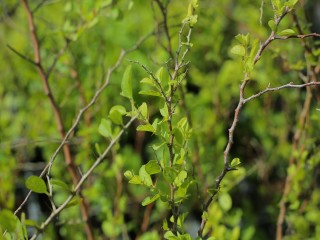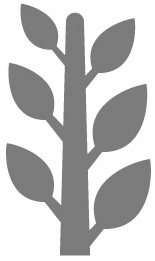Riyadh Plants
Wild jujube, sidr, nabak
Ziziphus nummularia has the Arabic names sidr, nabak or bayyi. Its area of distribution is the northern to central Arabian peninsula, western India and southeastern Pakistan, and southern Iran. The shrub is used to desert climates. It normally reaches a height of 2 metres, or sometimes more. Ziziphus nummularia develops a dense, thorny, often irregular and weeping crown. The foliage is evergreen. The leaves are alternately arranged, entire and small ovate. The 3-mm single flowers stand together umbel-like and appear in winter and spring, and have a whitish-yellow colour. The apple-like fruits have a size of 1 cm. Propagation is by seeds and cuttings. The shrub, as a native, is very well adapted to desert conditions, with its tap roots, leathery leaves, drought resistance and high salt tolerance. It grows in silty, gravelly soil. The sidr is an attractive and appealing shrub or small tree which can be found growing in small groups in Thumamah Park. It is recommended for use in open country and would be excellent for projects such as the rehabilitation of natural plant cover. It can be used as coloniser, bank and slope stabiliser, and for environmental consolidation. With its fresh dark foliage, it should be also considered for urban landscape design purposes. It would be advisable for natural landscape design themes such as Wadi Hanifah or even in road verge greening, park planting, or as a screen or shelter against wind. Pruning is not necessary, but periodic pruning and irrigation will improve growth.
